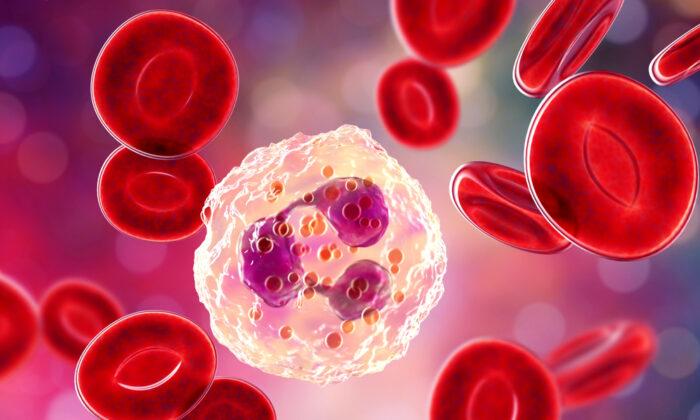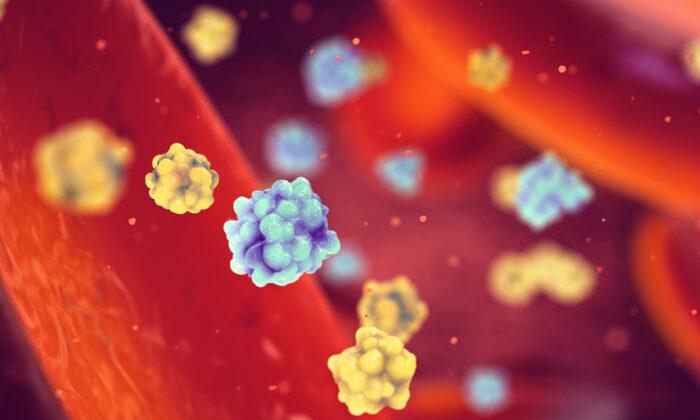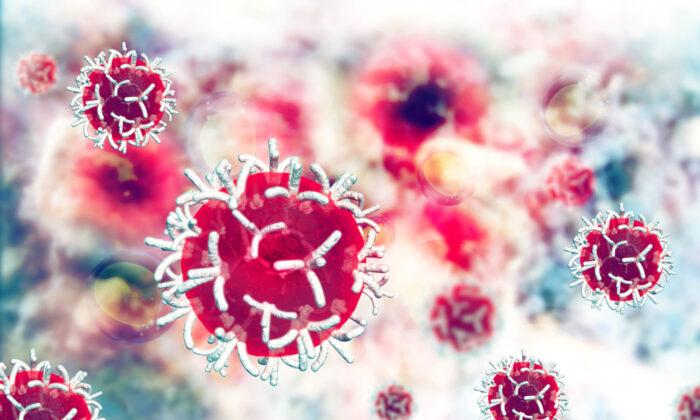The New Zealand Ministry of Health on Dec. 29 confirmed that a border-related case of the Omicron variant had been active in the community of its most populated city for a brief period from Dec. 26 to Dec. 27.
The case arrived on a flight from the United Kingdom via Doha on Dec. 16 and was reportedly fully vaccinated with an mRNA vaccine. The person visited several venues over the course of two days after leaving the self-isolating site.
Testing of close contacts has been underway to determine possible spread of the Omicron variant as well as to confirm the source of the infection, according to the Ministry of Health. However,
“We do not believe that the individual was highly infectious at the time of the above exposure events,” the Ministry of Health added.
The individual had completed seven days of isolation in a managed isolation and quarantine facility (MIQ), to be followed by three days of home isolation.
Six locations of interest have been reported by the Ministry of Health to track down possible spread of the Omicron variant in the Auckland community where the case had visited a shopping precinct, a nightclub, shops, and restaurants.
Those who came into close contact with the individual at any of the six venues have been asked to self-isolate for seven to 10 days while also watching for symptoms.
“Our vaccine rollout remains our key defence against all variants of COVID-19, including Omicron,” the Ministry of Health stated.
It also concluded that “New Zealanders are well protected” with 90 percent of the eligible population now double-vaccinated and a booster programme underway.
The case had been transferred back to the MIQ after yielding a positive test result. A whole genome sequencing text was administered to confirm the Omicron variant.
New Zealand reported 46 new cases of COVID-19 in the community on Dec. 29. To date, there has been 71 Omicron cases at the border in New Zealand as of Dec. 29.
COVID-19 Response Minister Chris Hipkins had recently extended the time spent in managed isolation for those arriving from abroad, from seven to 10 days. Prior to that, returnees were kept in managed isolation facilities for seven days then returned home to self-isolate for another three days.
“Bringing those final three days back into MIQ reduces the risk of the virus entering the community,” Hipkins said, according to the NZ Herald.
An unnamed government spokesperson told the NZ Herald that there are no current plans to change Auckland’s alert level to orange under the new “traffic light” restriction system. However Hipkins will be making another announcement on Dec. 30.




